Medical instruments of the past – instruments of torture or a lifeline
Categories: Health and Medicine | History
By Pictolic https://pictolic.com/article/medical-instruments-of-the-past-instruments-of-torture-or-a-lifeline.htmlModern medicine is amazing. More and more procedures are performed painlessly and quickly. Going to the dentist no longer calls for such horror, as, for example, three decades ago. Today, doctors can even defeat cancer. American scientists have long announced the second case of a complete cure for AIDS …
Medicine is moving forward with confident steps. Of course, much remains to be improved, but no one will argue that today progress in the field of medicine has made a huge leap forward. Let's see how medical procedures have changed over the past few centuries, and what terrible devices were used by doctors of the past.
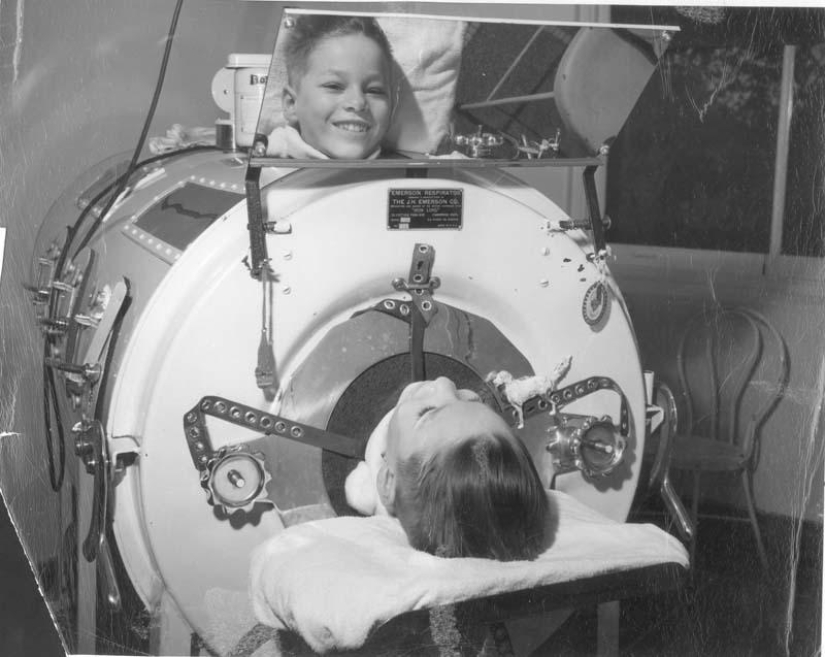
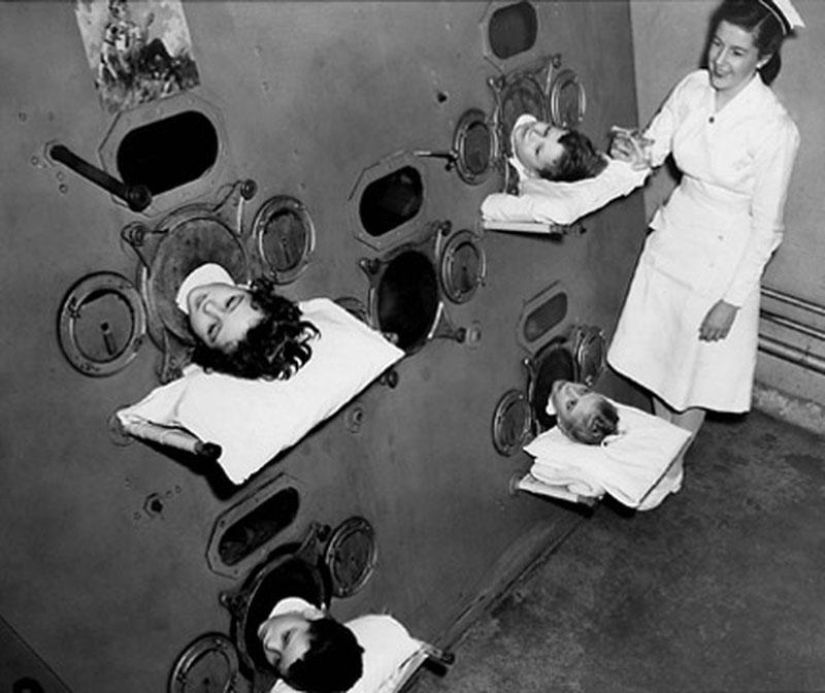
The device "Iron lungs".
Before the invention of the polio vaccine, patients were placed in an iron lung machine that simulated breathing.
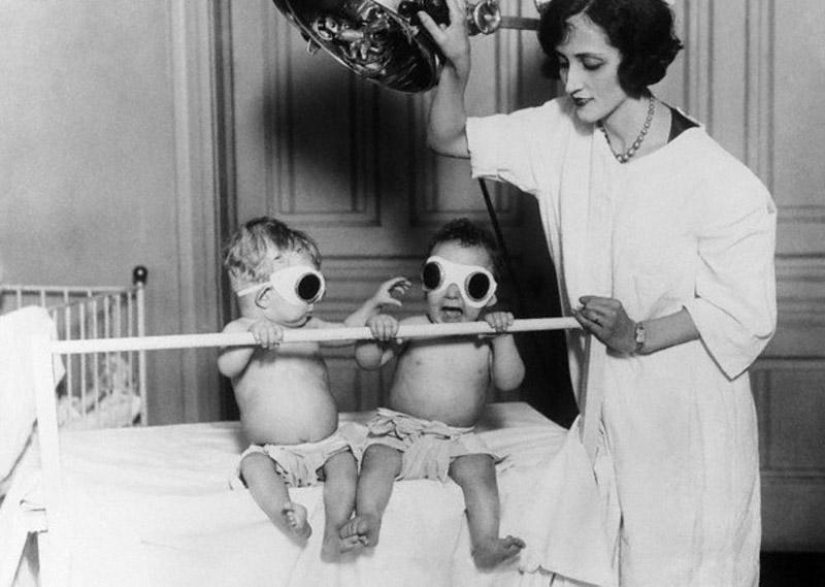
Once inside this thing, which looked like a medieval torture instrument, the patient could not move for hours. He could only see his reflection in the mirror above and could only speak when the device "exhaled".
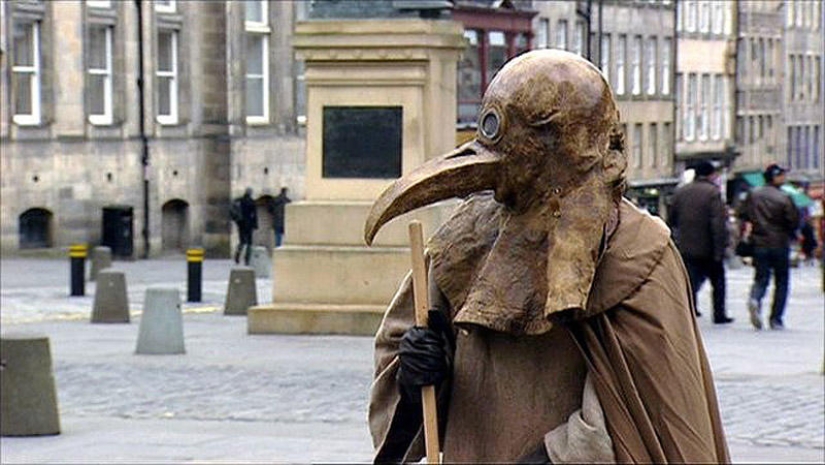
Sunbathing kids.
Winter hypovitaminosis is a disease caused by a lack of vitamin D, which leads to a weakening of bone tissue. Today, the patient is usually prescribed complexes with vitamin D. In the past, artificial tanning was used for this, which was applied even to babies.
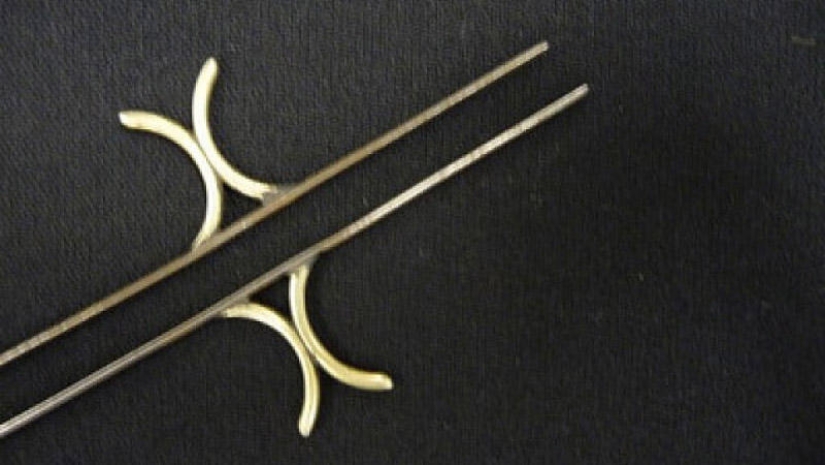
Plague doctors.
In the past, these terrifying plague doctors were often called to treat bubonic plague. To protect themselves, they wore creepy masks with long beaks, which they filled with fragrant herbs, believing that the plague was spreading through "poisoned air". Their" procedures " included flogging (because the plague was considered the punishment of the Lord for sins) and bloodletting.
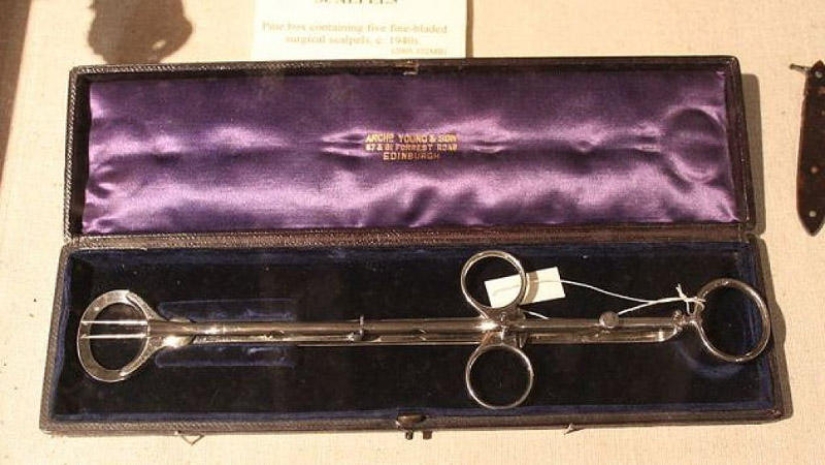
A tool for forcibly stretching the channel.
From one look at this device, it is impossible not to wince. If the male urethra was too narrow for the normal flow of urine, the doctors inserted this thing into the tip of the male penis. Then the nut was turned to separate the wedges and expand the urethra. If the penis was bleeding, it was considered a good sign.
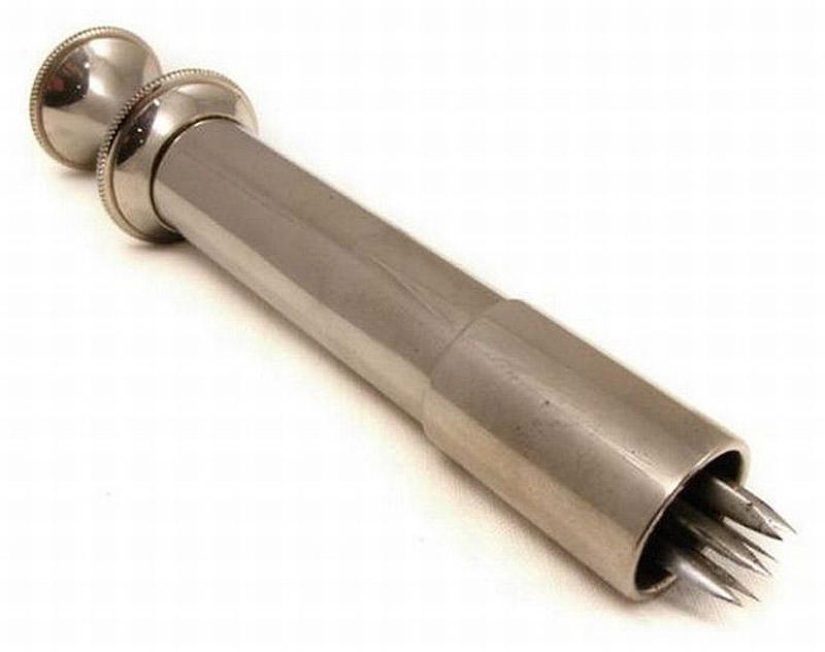
Guillotine for tonsillectomy.
Until antibiotics were invented, angina and other similar diseases were a serious threat to life. To prevent patients from biting off the doctor's finger, a terrible guillotine was inserted into his mouth to remove the palatine tonsils.
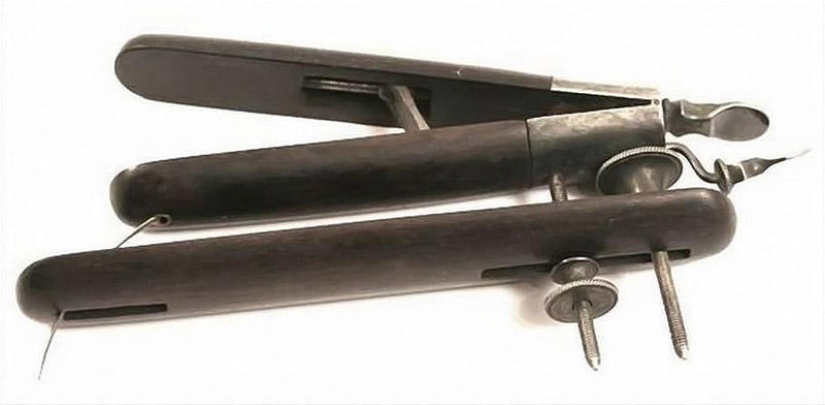
An artificial leech.
Nothing will help the patient more than bloodletting. So they thought before. When the doctor did not have real leeches at hand, he used artificial ones. The rotating blades cut through the wound on the patient's skin, and the cylinder provided a vacuum to suck out the blood.
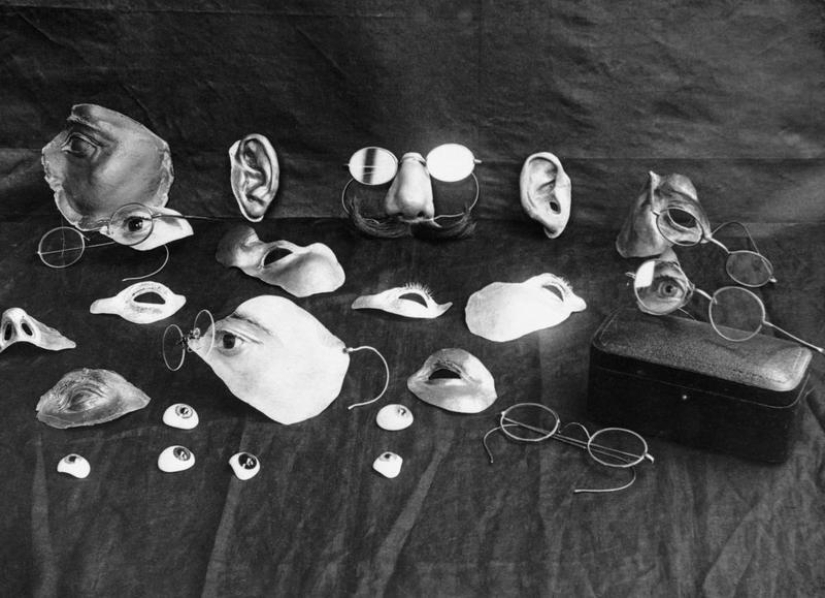
Hemorrhoidal forceps.
If the patient had hemorrhoids in the past, he could simply accept this diagnosis. Of course, if the case was difficult, and the patient could not stand it any longer, then such a "cute" tool came to his aid. With his help, the doctor seized and crushed hemorrhoidal lumps. And the lumps inside the rectum were pulled out with a hook.
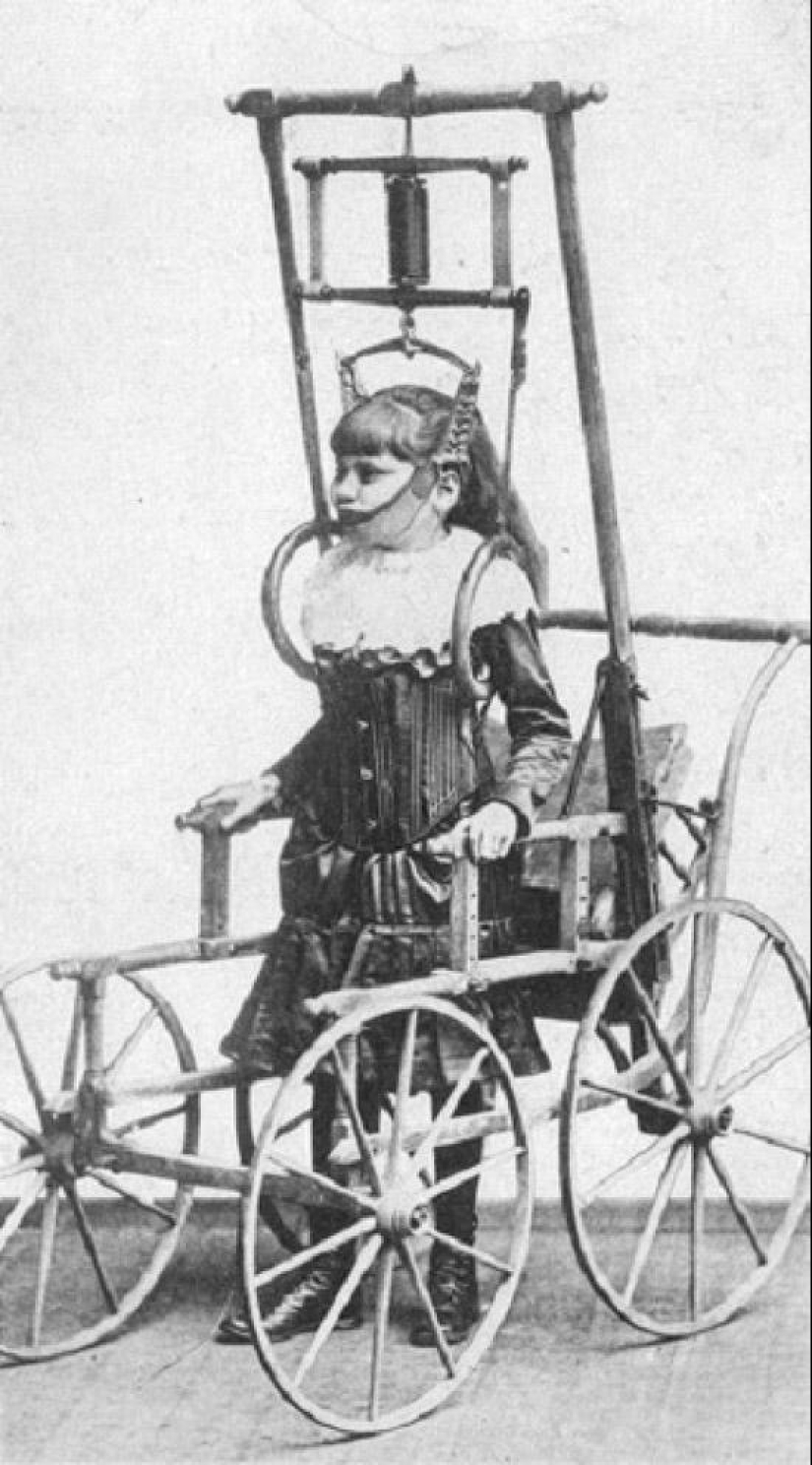
The first plastic surgery.
It's hard to believe, but the first plastic surgeons appeared in ancient times. Although plastic surgery was quite primitive until the 20th century. Doctors created such terrible masks to hide the injuries on the face of patients.
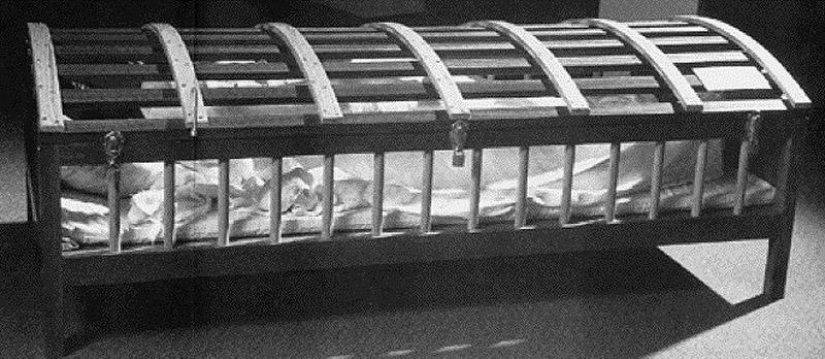
The first wheelchairs.
Dr. Clark's spinal device was advertised in 1878 as a device that allows people with back problems to walk for several minutes – or even hours-a day. In reality, the wooden frame on this frightening device was so heavy that even a healthy person was not able to take even a couple of steps, not to mention patients with a sick spine.
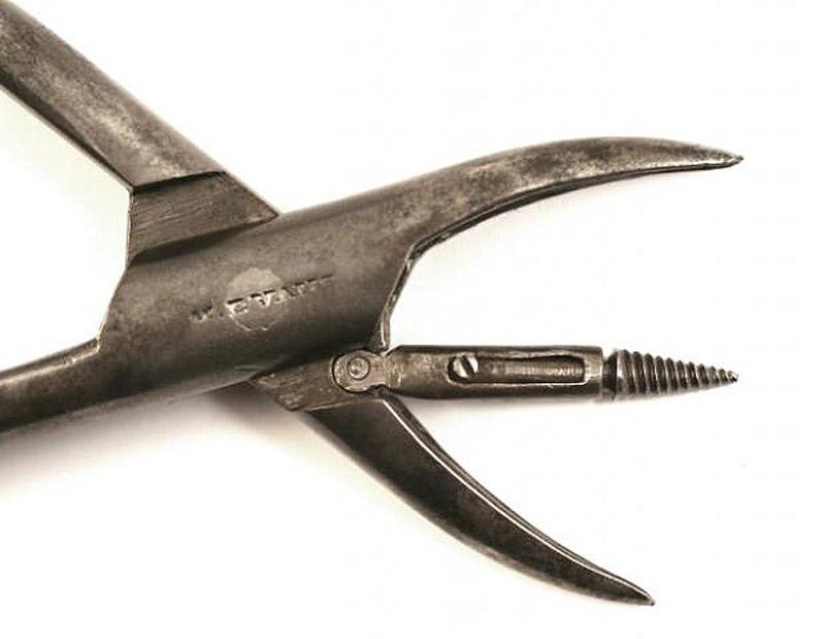
The cradle of Utica.
This "cradle" was used mainly in mental hospitals – it did not give patients the opportunity to walk, sit or move. By the twentieth century, these cruel cages had disappeared from everyday life and were replaced by straitjackets and rooms with soft walls.
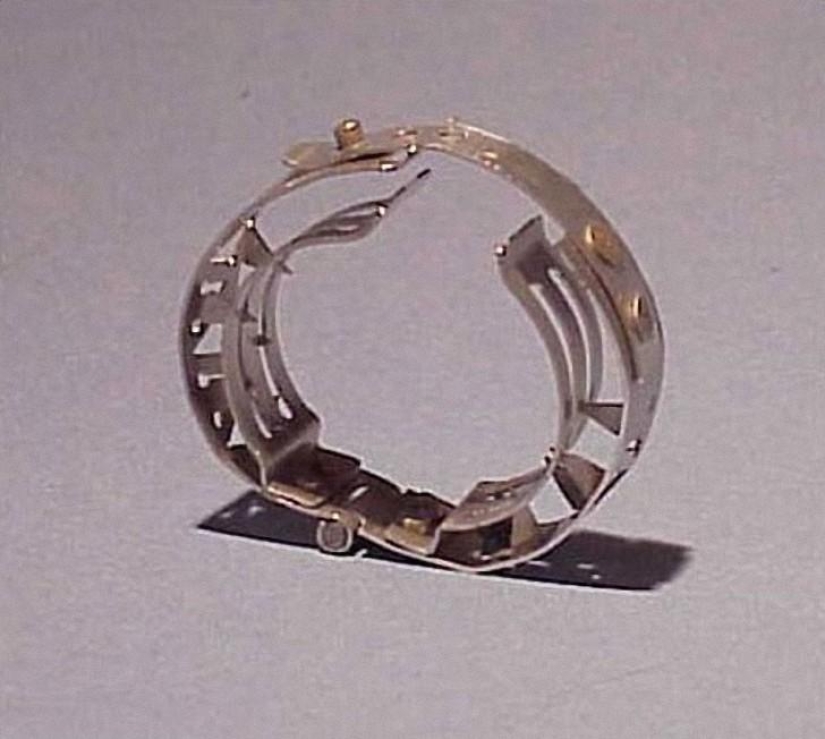
Dental pliers with a screw.
If you think that modern dentistry is not humane, look at what we have left. The screw on this sinister device was drilling a tooth, which the doctor held firmly with the same pincers. It was much easier to pull out the tooth that way. For the doctor, of course. And yes, dentists used this subject of torture BEFORE the invention of painkillers.
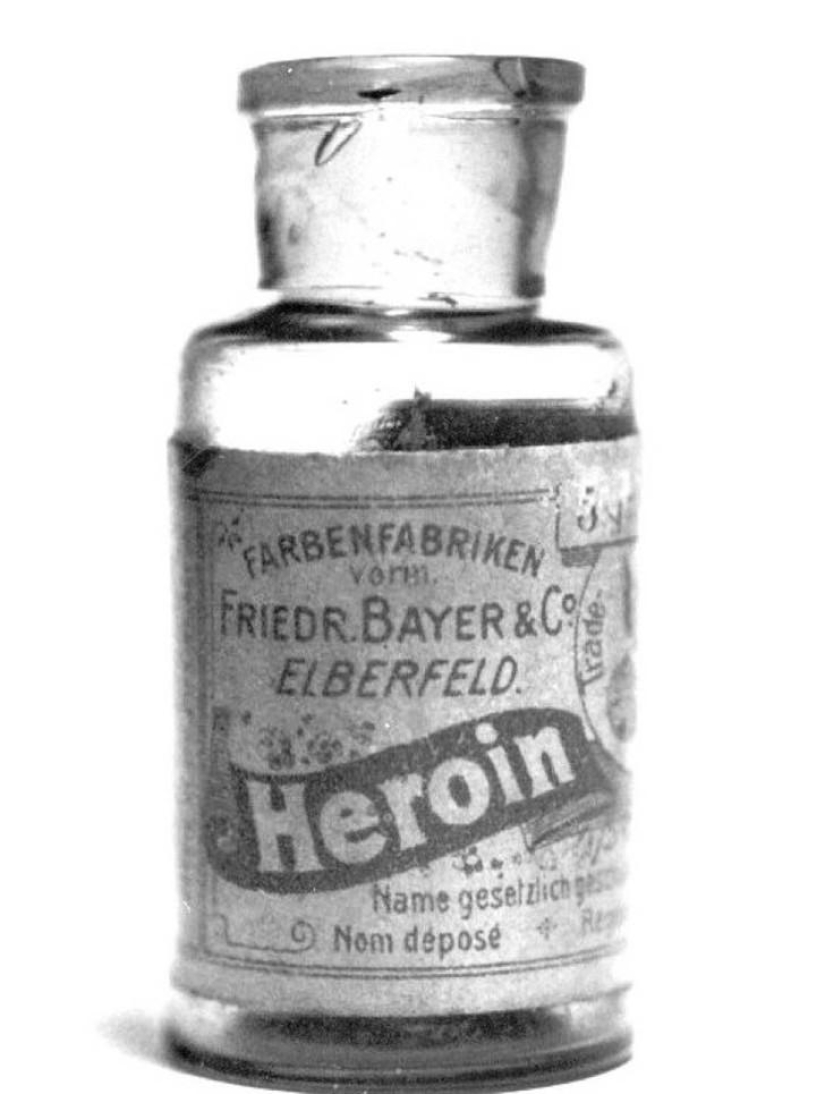
A ring for spermatorrhea.
In the Victorian era, masturbation was considered very harmful to health. To prevent men from doing it, doctors invented a ring for spermatorrhea. It's simple: a man put this miracle ring on his penis, and every time he got overexcited, sharp spikes dug into his manhood, knocking down the whole mood.
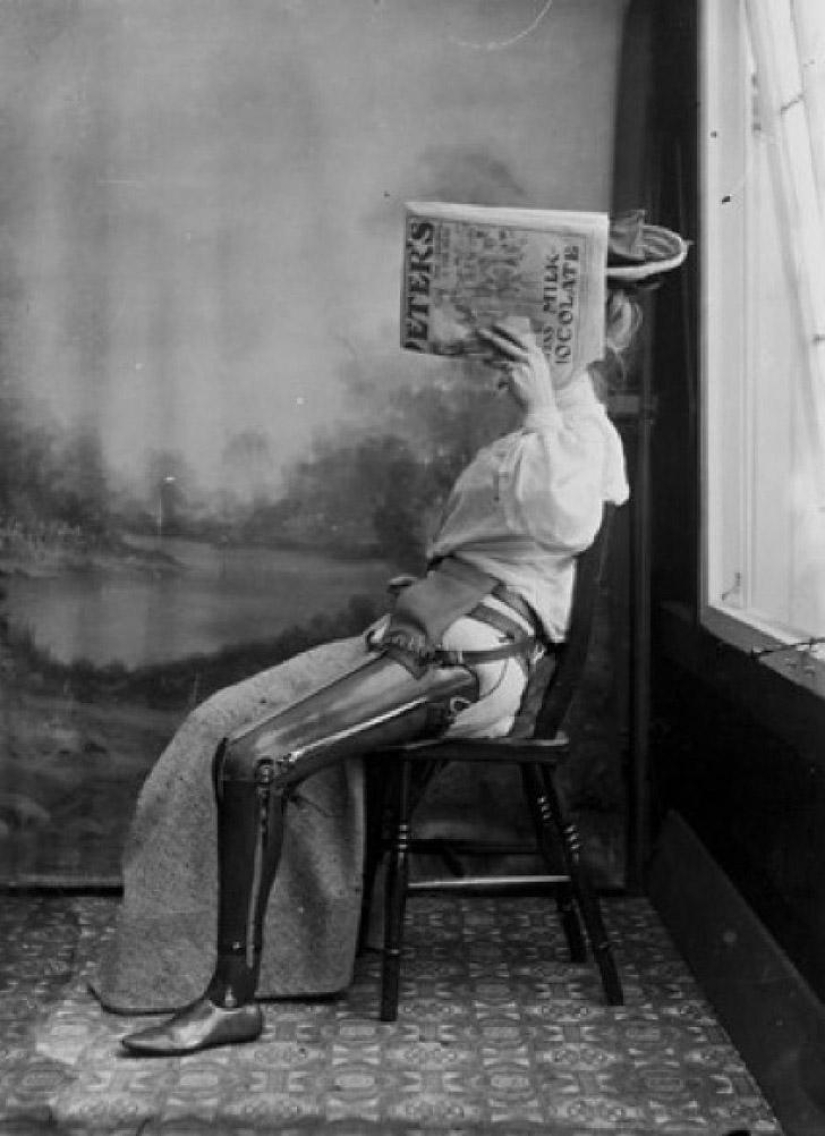
Cough syrup with heroin and cocaine.
Before heroin and cocaine were proven to be dangerous, addictive drugs, they were widely used to dull pain. For several years, heroin was present in the composition of cough syrup, until Bayer – the same company that gave us aspirin-discovered its narcotic nature.
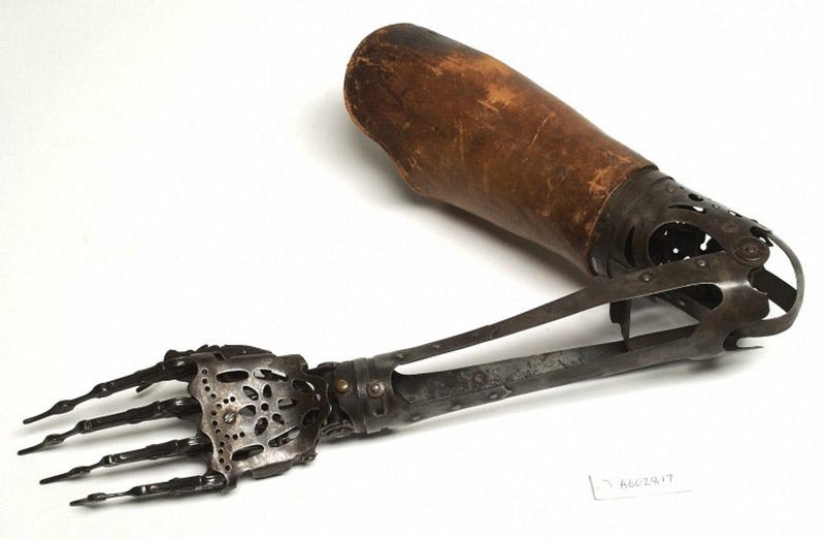
The first prostheses.
Prostheses appeared in ancient Egypt.
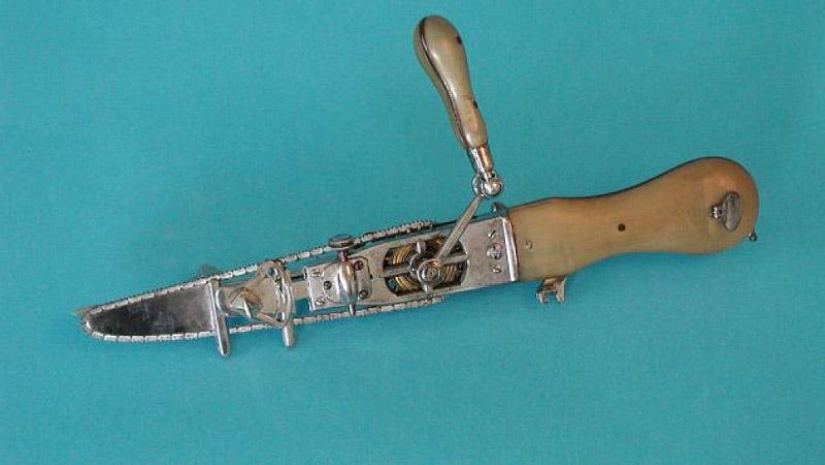
Until relatively recently, most of them looked like something from the world of steampunk. They were inconvenient, impractical and often confused the owner.
Bone chisel.
To cure headaches, doctors used trepanation – they drilled a hole in the patient's skull. For this purpose, a bone chisel was used. Fortunately, there is paracetamol now.
Keywords: Health and medicine | History | Medicine | Strange | Past | Tools | Torture
Post News ArticleRecent articles

Always interesting to learn or discover something new and interesting. The thirst for knowledge and curiosity is what animates our ...

I bet you've had a dream at least once in which your teeth fall out. This is one of the most popular queries in search engines and ...
Related articles

Our beautiful and diverse world will surprise even the most inveterate skeptic! We publish a selection of irrefutable photoproofs ...

The story of drug smuggling has a lot of amazing occasions, but the case of Coca Bears — one of the most impressive. He became a ...

Established in 1942 Pulitzer prize for outstanding picture later divided into two nominations: best art and the best news ...

Everyone knows that annoying advertising letters sent by email are called spam. But few people thought about what this word means ...